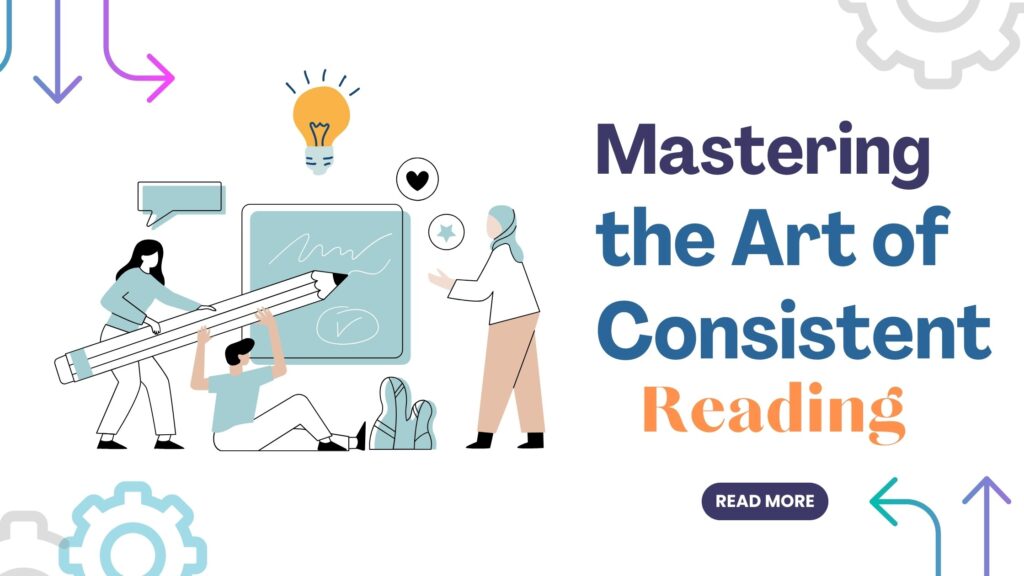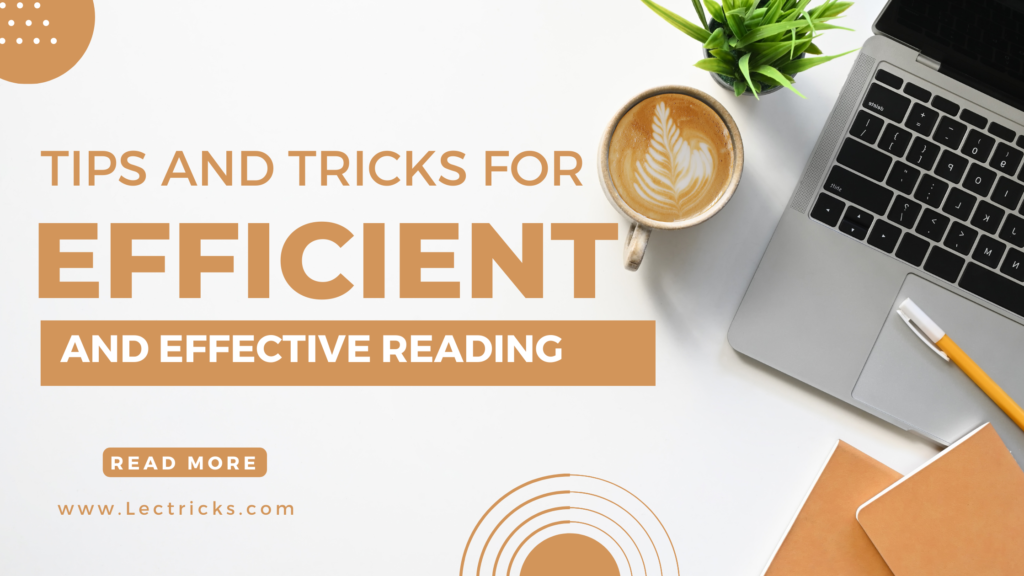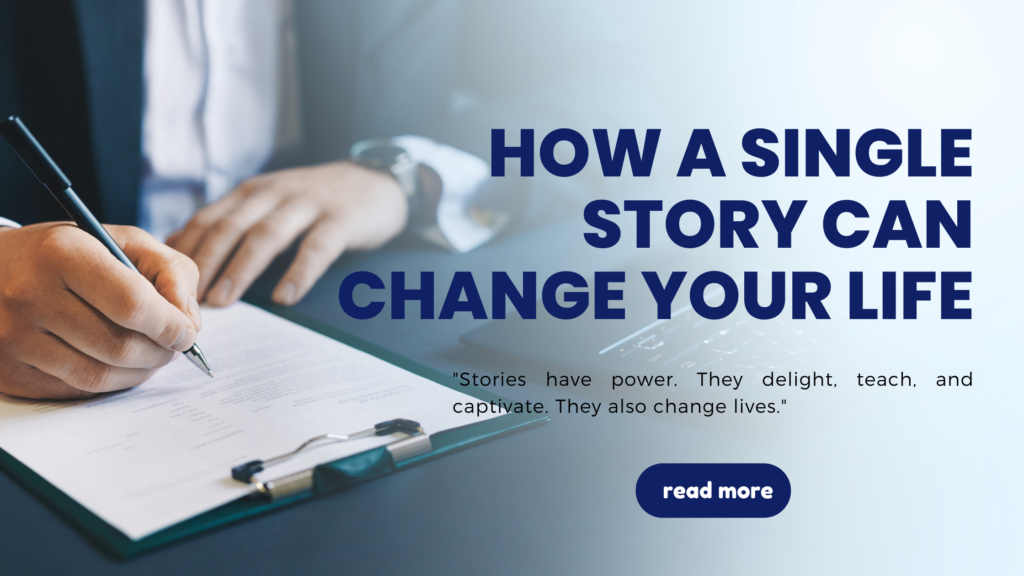Reading is a vital skill in today’s fast-paced world, but finding the time to read can be a challenge. That’s where speed reading comes in. Speed reading is a technique that allows you to read faster without sacrificing comprehension. By mastering the art of speed reading, you can consume books faster, increase your knowledge, boost your productivity, and enjoy the pleasure of reading even more. In this blog post, we will explore various techniques that can help you become a more efficient reader.

Improve Focus and Concentration
One of the key elements in speed reading is improving focus and concentration. With the constant distractions of the modern world, it can be challenging to maintain focus while reading. To enhance your concentration, eliminate distractions such as turning off notifications on your phone or finding a quiet space to read. Additionally, setting a purpose for your reading can help you stay engaged and focused. Whether it’s to gain specific knowledge or simply to enjoy a good story, having a clear purpose will prevent your mind from wandering and improve your reading speed.
Mindfulness is another practice that can enhance your focus and concentration while reading. By being present in the moment and fully engaged with the text, you can eliminate distractions and absorb information more rapidly. Take a deep breath before you start reading, clear your mind, and focus your attention on the words before you. Mindfulness can truly transform your reading experience and help you become a faster reader.
Skimming and Scanning
Skimming and scanning are two techniques that can significantly speed up your reading process. Skimming involves quickly glancing over the text to get a general sense of the content and to identify the main ideas. On the other hand, scanning is a technique used to find specific information or keywords within the text. By mastering these techniques, you can quickly identify relevant information and decide whether a text is worth reading in its entirety.
For example, when researching a topic, you can skim over multiple sources to determine which ones are most relevant. Skimming can also be useful when reading non-fiction books or academic papers, allowing you to extract the key points without getting caught up in every detail. Scanning is particularly helpful when looking for specific information, such as a statistic or a quote, within a lengthy text.
To effectively skim and scan, start by reading the title, headings, and subheadings to get an overview of the text. Then, look for keywords, phrases, and highlighted information to gain a deeper understanding of the content. Remember, it’s not about reading every word but about extracting the essential information efficiently.
Chunking
Another technique that can significantly improve your reading speed is chunking. Chunking is the process of grouping words or ideas together to read them as a single unit. Instead of reading word by word, you read chunks of words, allowing your brain to process information faster. Chunking is especially useful when reading long sentences or complex texts.
For example, when reading a sentence like “The quick brown fox jumps over the lazy dog,” you can chunk the words into meaningful groups, such as “The quick brown fox,” “jumps over,” and “the lazy dog.” By doing so, you can reduce the number of eye movements and increase your reading speed. The key to effective chunking is to identify meaningful phrases or groups of words and train your eyes to move smoothly across them.
Grouping related information together is also essential in speed reading. When reading non-fiction books or articles, you can look for patterns, connections, and recurring themes. By categorizing information and seeing how different ideas fit together, you can quickly grasp the main concepts and absorb the content more efficiently.
Using Peripheral Vision
Peripheral vision is an often-overlooked technique that can significantly enhance your reading speed. Our eyes have a wider field of view than what we typically focus on. By utilizing this peripheral vision, you can take in more words at once, resulting in faster reading.
To develop your peripheral vision, you can try the following exercise. Open a book or an article and focus on a specific point in the middle of the page. While maintaining this focus, try to absorb the words and sentences from your peripheral vision. With practice, you will notice that you can read faster and still comprehend the text. However, it’s important to maintain a steady gaze and avoid moving your eyes back and forth, as this can result in slower reading.
Active Reading
Active reading is an essential skill for speed reading. It involves engaging with the text, asking questions, summarizing information, and making connections. By actively participating in the reading process, you can improve comprehension, enhance retention, and ultimately read faster.
When reading a book or an article, ask yourself questions about the main idea, the author’s purpose, and the implications of the content. Summarize key points in your own words to ensure that you understand the material. Make connections between what you’re reading and your own experiences, knowledge, or other texts you’ve read. By actively engaging with the text, you become an active participant in the reading process, leading to a deeper understanding and increased reading speed.
Conclusion
Speed reading is a powerful technique that can help you consume books faster, increase knowledge, boost productivity, and enjoy the pleasure of reading even more. By improving your focus and concentration, mastering skimming and scanning, utilizing chunking and peripheral vision, and practicing active reading, you can become an efficient reader.
Remember, speed reading is a skill that takes time and practice to develop. Start implementing these techniques one by one in your reading routine, and gradually integrate them into your daily life. With dedication and persistence, you will see significant improvements in your reading speed and comprehension.
To further explore the art of speed reading, there are many resources available. Books like “Speed Reading Techniques” by Tony Buzan or “Breakthrough Rapid Reading” by Peter Kump provide detailed guidance and exercises. Additionally, websites and online courses offer interactive lessons and exercises to help you enhance your reading speed. Stay curious, keep learning, and enjoy the journey of becoming a faster reader!


